Shapes and sizes are a vital component of learning. They have tremendous future applications and it’s crucial to understand their names to comprehend the fundamentals of geometry. There are different shapes everywhere, and being familiar with their names can be beneficial in numerous scenarios.
Below are 54 names of shapes with pictures
Polygon with zero sides
1. Circle
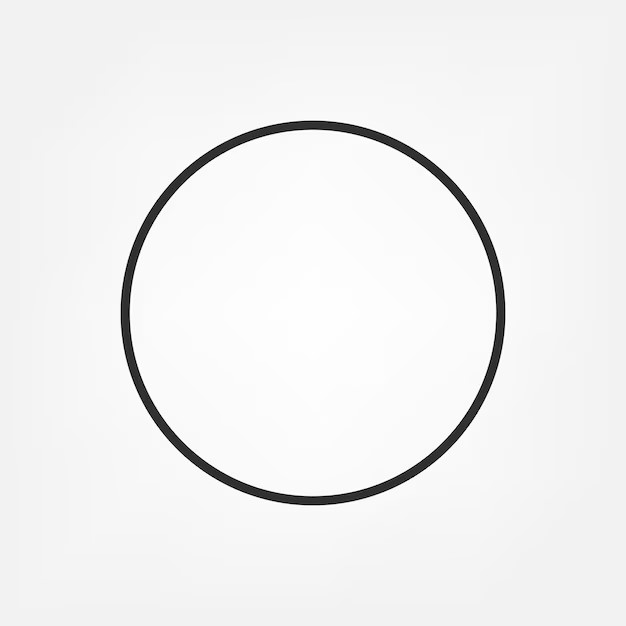
A circle is a flat shape made up of points on a plane that are all the same distance from a center point. It has zero sides or corners.
Facts
- A Polygon is a closed shape with many sides.
- ° <= This symbol is called “degree”.
Poly – many
gon – sides
Polygon with 3 sides
2. Triangle
A shape with three sides is called a triangle. It has three angles inside, and when you add them up, the total is always 180 degrees. Triangles are important in geometry and are used to represent real things like traffic signs. There are different types of triangles based on the length of their sides and based on their angles.
Polygon with 4 sides
Quadrilateral
It is a 4 – sided polygon. There are 7 types of quadrilateral
- Trapezoid
- Isosceles Trapezoid
- Parallelogram
- Kite
- Rectangle
- Rhombus
- Square
4. Trapezoid
A trapezoid is a polygon that has a pair of parallel sides. It is also called a Trapezium. The parallel sides of this four-side closed shape are termed the bases of the trapezoid. The non-parallel sides are known as legs or lateral sides. The distance between the parallel sides is known as the altitude.
Similar to triangle, trapezoid is further categorized into 3.
Facts
- Sum of all angles in a 4 sided polygon is 360°
- A diagonal is a line that connects two opposite corners of a closed shape
- Corners of the closed shape are referred to as Vertices
5. Parallelogram
This polygon has 2 pairs of parallel sides. The sum of adjacent angles in a parallelogram is always 180°.
6. Kite
A kite is a four-sided polygon with two pairs of adjacent sides that are the same length. It has one pair of angles that are equal where the side pairs meet. A kite has reflection symmetry across one of its diagonals.
Facts
- A kite can be made from the centers and crossing points of two intersecting circles.
- Diagonals of the Kite meet at a right angle.
- One of the diagonals bisects the other into two equal halves
7. Rectangle
A rectangle has four sides and all internal angles are 90°. The adjacent sides meet at right angles. The opposite sides of a rectangle are equal in length and adjacent sides are not equal.
8. Rhombus
A rhombus is a unique type of parallelogram where opposite sides are parallel and opposite angles are equal. Additionally, all sides of a rhombus are the same length, and its diagonals intersect at right angles. A rhombus is also known as a diamond or rhombus diamond.
9. Square
Square is a regular polygon, which has all the four sides of equal length and all four angles are also equal. The angles of the square are at right-angle or equal to 90-degrees. Also, the diagonals of the square are equal and bisect each other at 90 degrees.
A square can also be defined as a rectangle where two opposite sides have equal length.
Polygon with 5 or more sides
10. Pentagon
A pentagon has five sides and five angles. It has five corners and can be sorted into various categories depending on the size of its sides and angles.
The sum of all angles in a pentagon add up to 540°.
11. Hexagon
This is a polygon with six sides of equal length and six angles that measures 120° each. The sum of all the angles is 720°.
12. Heptagon
A heptagon has seven sides and seven angles that add up to 900 degrees. It’s an irregular polygon, where each side and angle can be different.
13. Octagon

An octagon has eight sides and eight angles that total 1080 degrees. It is a regular polygon with equal side lengths and angles measuring 135 degrees each.
14. Nonagon
This is a polygon that has nine sides and nine internal angles totaling 1260 degrees. It is an irregular polygon with varying side lengths and angle measures.
15. Decagon
A decagon has ten sides and ten angles that total 1440 degrees. It is a regular polygon with equal side lengths and angles of 144 degrees each.
16. Pentagram
A pentagram is a shape with five points that is made by connecting the corners of a pentagon with straight lines.
17. Hexagram
A hexagram is a six-pointed star polygon. This is formed by two overlapping equilateral triangles.
18. Octagram
An octagram is an eight-pointed star polygon, formed by two overlapping squares.
Other mathematical shape names
19. Cylinder
A cylinder is a 3D shape with a circular base and a curved surface that reaches a set height. It can look like a can or a tube.
20. Sphere
A sphere is a 3D shape that is perfectly round. It is made up of all the points in space that are the same distance from a fixed point, which is called the center.
A sphere looks like a ball. The surface of a sphere is called a spherical surface
21. Cube
A cube has six square faces that are all the same size. It also has eight corners and 12 edges.
22. Cuboid
A cuboid is a three-dimensional shape with six rectangular faces, eight corners, and 12 edges.
23. Pyramid

A pyramid is a three-dimensional shape with a polygonal base and triangular faces that meet at one point. The base can be any polygon, but square and triangular bases are the most common.
24. Cone
A cone is a 3D shape with a circular base and a curved surface that tapers to a point called the apex. It looks like an ice cream cone or a party hat.
25. Tetrahedron
A tetrahedron has four triangular faces, six straight edges, and four vertices. It is the simplest convex polyhedron. It is a 3-simplex and a type of pyramid with a triangular base.
Facts
Tetrahedron is also referred to as a triangular pyramid because of a pyramid with a triangular base.
26. Ring
A ring is formed by two concentric circles.
Concentric circles have a common center point.
27. Prism
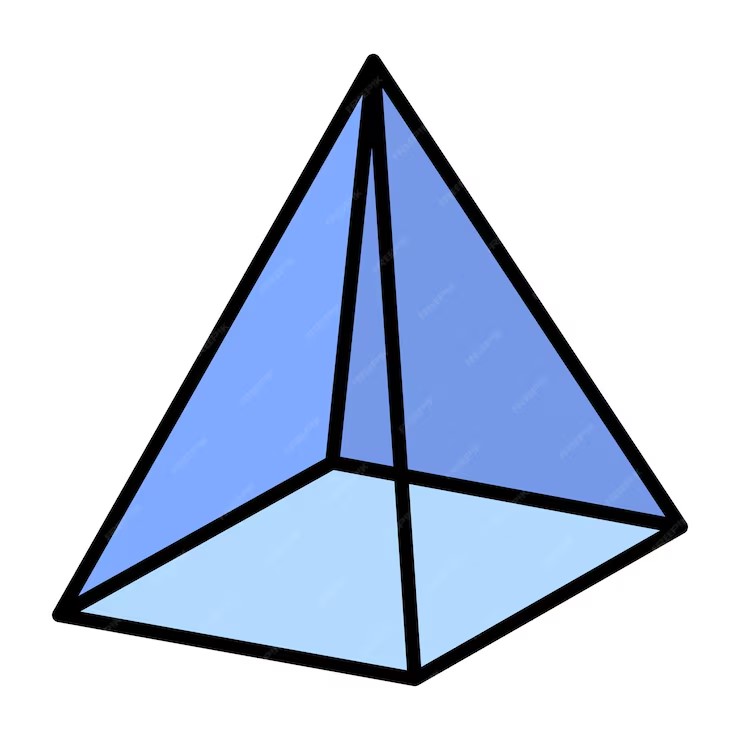
A prism is a solid shape enclosed by plane faces on all sides. It has two types of faces – the top and bottom faces, which are the same and known as bases. The prism is named based on the shape of its bases. For instance, a prism with a triangular base is called a triangular prism. An example for this is a Kaleidoscope.
Learning shapes helps children in identifying and organizing visual information. It aids them in learning skills in their cognitive development and knowing their surrounding world better. It establishes a strong foundation for corresponding academic concepts such as mathematics and logic.
We at Mother’s Pet Kindergarten understand the importance of learning the different shapes that aid in academic learning for the children. Teachers at Mother’s Pet Kindergarten ensure children participate in hand-on activities creating a joyfully rich learning environment for every child.

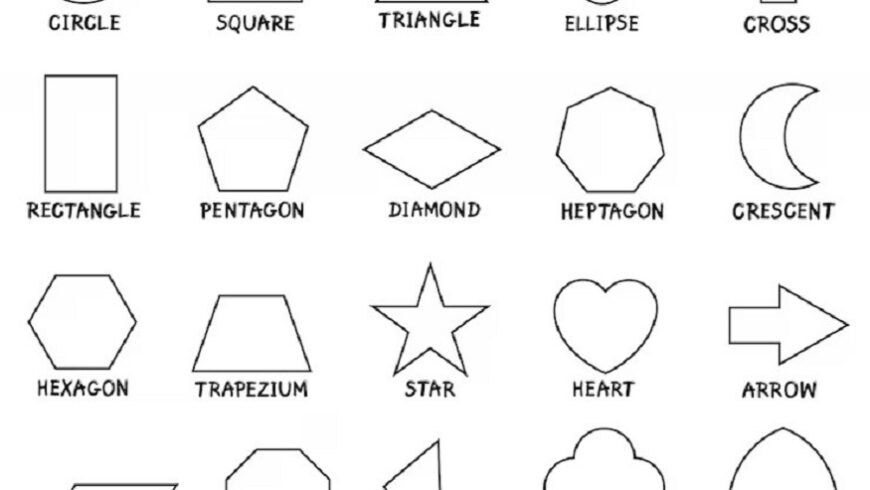

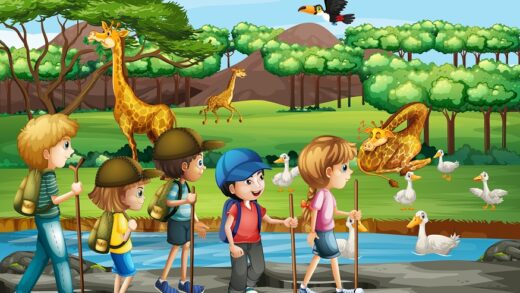







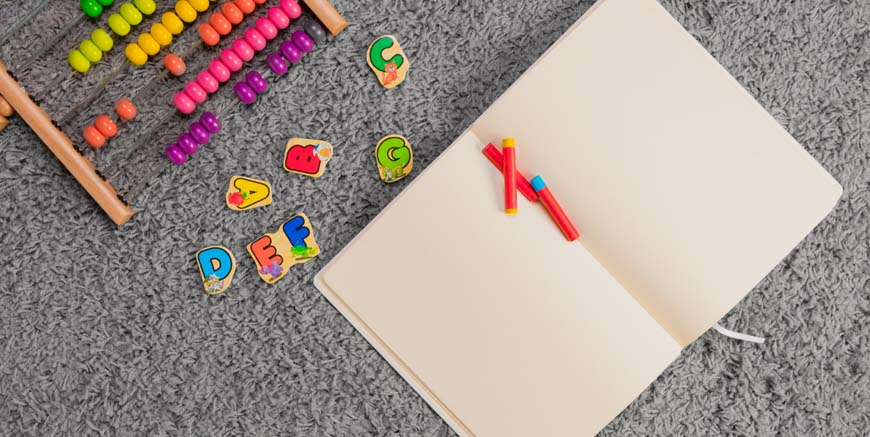

Recent Comments